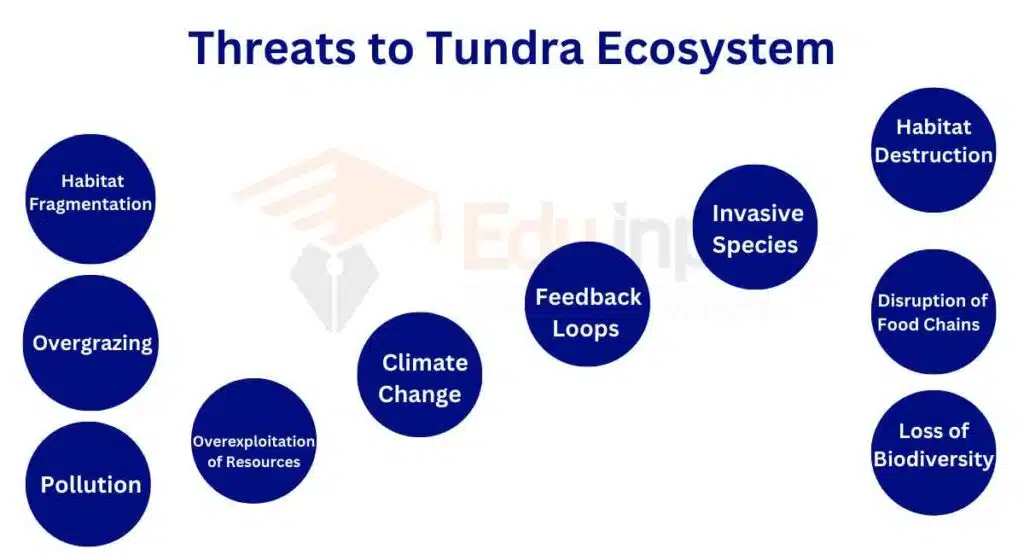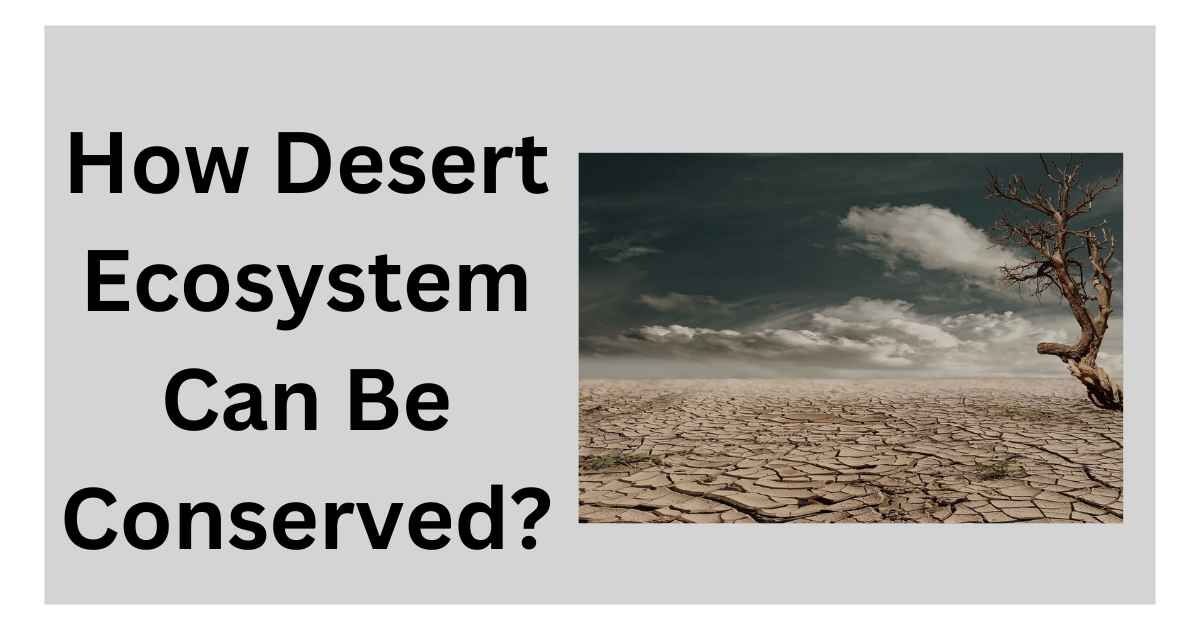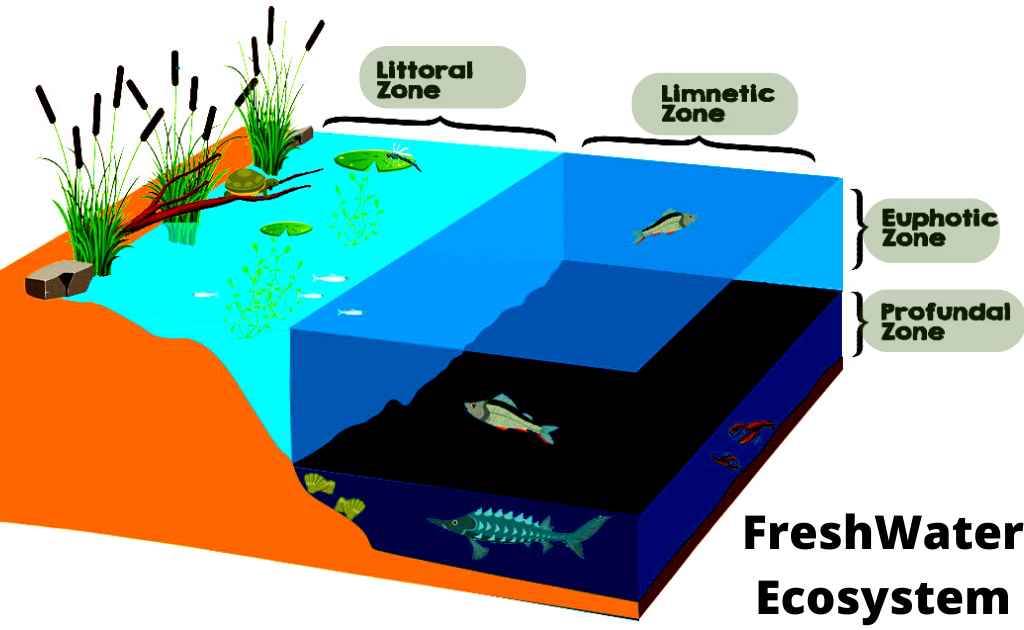Threats to Tundra Ecosystem
The tundra ecosystem faces many threats like habitat fragmentation, overgrazing, pollution, overexploitation, climate change, feedback loops, invasive species, habitat destruction, disrupted food chains, loss of biodiversity, oil/gas/mining disruptions, loss of snow cover, seismic testing, and military activities all jeopardize its delicate balance.

10 Threats to Tundra Ecosystem
Here are some important threats to tundra biome:
1. Habitat Fragmentation
Habitat fragmentation is one of the biggest threats to the tundra. Human buildings and roads divide the tundra. It makes it difficult for animals to move around.
For example, a road can prevent caribou from reaching their feeding grounds, separating them from their families.
2. Overgrazing
Animals eating too much is a big problem for the tundra.
When animals like caribou and muskoxen eat too many plants, it can be hard for other animals to find enough food. As a result, small animals like lemmings may struggle to find grasses and shrubs to eat.
3. Pollution
Pollution is a danger to the tundra. It happens when chemicals and waste from factories and other human activities harm the water, soil, and the living things in the tundra.
For example, an oil spill in the tundra can make it difficult for fish and other aquatic animals to survive.
4. Overexploitation of Resources
When people take too much from the tundra, it can cause problems. Hunting, fishing, and gathering too many plants can hurt the animals and plants in the tundra.
For example, excessive hunting of Arctic foxes for their fur can reduce their population and disrupt the balance of their ecosystem.
5. Climate Change
Climate change is a big problem for the tundra. The weather is getting hotter, which changes the tundra and makes it hard for plants and animals to survive.
As the tundra warms, polar bears struggle to find enough sea ice to hunt for seals, which is their main source of food.
6. Feedback Loops
Some things in nature make other things worse, and it can be a big problem for the tundra. For example, as the ground gets warmer, it releases gases that make the weather even hotter. This can lead to more thawing of permafrost, which releases more greenhouse gases, creating a cycle of increasing temperatures.
7. Invasive Species
When new plants or animals come to the tundra and take over, it can be a problem. They can push out the native species and disrupt the natural balance of the tundra.
For example, the invasion of the Arctic by the gray squirrel, which competes with the native red squirrel for food and nesting sites.
8. Habitat Destruction
Destroying the homes of plants and animals is a big threat to the tundra. When humans dig or build things like roads, they damage the places where animals and plants live. For instance, clearing land for mining can destroy the nesting sites of migratory birds like the Arctic tern.
9. Disruption of Food Chains
Everything in the tundra depends on each other for food, and if something breaks that chain, it can cause problems. Overgrazing or habitat destruction can disrupt how animals get their food.
For example, if the population of lemmings declines due to habitat loss, it can affect the food supply of predators like snowy owls.
10. Loss of Biodiversity
The tundra is home to many different plants and animals, but when they start disappearing, it can be a big concern. Losing different kinds of living things can cause imbalances and make it harder for the tundra to thrive.
For example, the decline of lichens due to pollution can impact the food sources of reindeer and caribou.







Leave a Reply